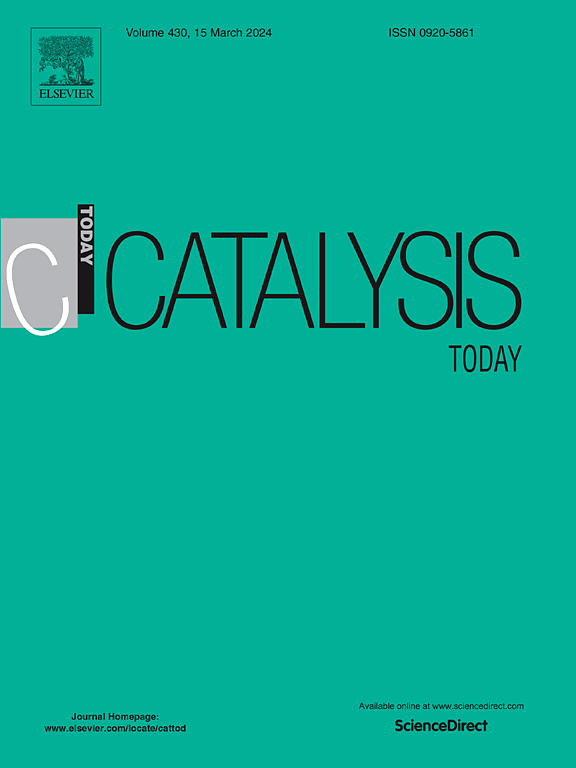Layered rare earth hydroxides (LREHs) with unique layer structure and tunable properties have shown attractive potentials as heterogeneous catalyst, but is still challenging in biomass valorization towards valuable chemical production due to the poor catalytic activity. Herein, Mg-modified erbium hydroxides (Mg-LErHs) with well-constructed layered structure have been first fabricated, where the properties and structure of Mg-LErHs significantly depend on the proportion of Mg. The results of catalyst characterizations reveal that Mg introduction increases the interlayer spacing and the content of Er(III)-O. Mg modification also hinders the desorption of crystallized H2O and dehydroxylation, thereby increasing the degree of crystallinity and promoting the stability of the catalyst. The activity test indicate that Mg modification greatly promotes the production of lactic acid from monosaccharides, where Mg(5.8)-LErHs affords the highest lactic acid yield of 60.9 %. Mg-LErHs also outperform other Mg-LREHs catalysts for the production of lactic acid. The highest catalytic activity of Mg(5.8)-LErHs are possibly attributed to its highest degree of crystallinity, and the increased layer spacing after Mg modification might have an advantage in facilitating the entry of substrate. The increased Er(III)-O content with high Lewis acidity might facilitate the combination with electronic-rich carbonyl oxygen in substrate. This research may provide a novel strategy to design the layered rare earth catalysts with tunable catalytic activity for biomass valorization.


